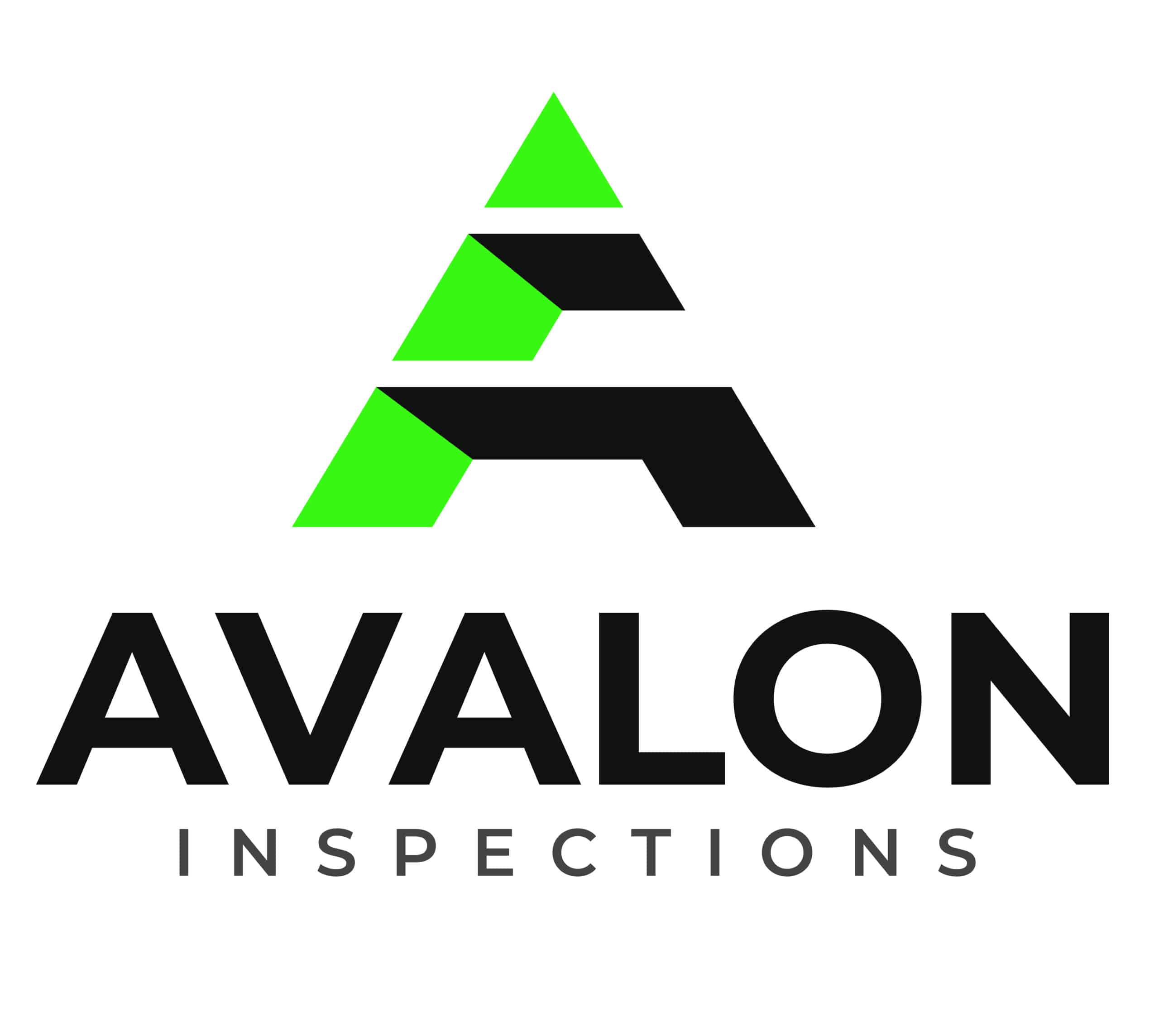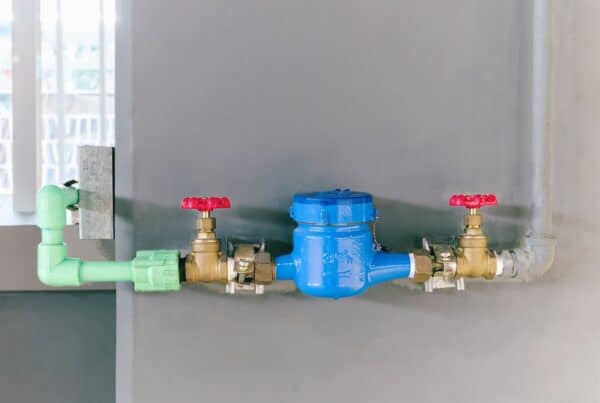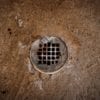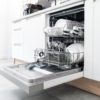
Did you know that the type of plumbing trap under your sink and its condition can impact the system’s efficiency? If you’ve ever wondered about the difference between an S-trap and a P-trap sink, you’ve landed in the perfect place.
This post will break down the main differences between the two types and highlight four reasons to consider upgrading or replacing your sink trap. By the end, you’ll have a clear understanding of what sets S-traps and P-traps apart, and how a simple change can enhance your plumbing system’s performance.
What is an S-Trap Sink?
An S-trap sink uses a plumbing trap shaped like the letter ‘S.’ This design features a curved pipe that dips down and then back up, creating an ‘S’ shape.
The primary function of an S-trap is to form a water seal that blocks sewer gases from entering your home through the sink drain.
S-traps are commonly found in older homes and are installed where the drain pipe goes through the floor. While they can effectively create a water seal, S-traps are prone to a problem known as siphoning. Siphoning can cause the water seal to break, allowing unpleasant and potentially harmful sewer gases to escape into your living space.
Many modern plumbing codes no longer permit S-traps due to their inefficiency and the potential health risks associated with siphoning.
What is a P-Trap Sink?
A P-trap sink, in contrast, uses a plumbing trap shaped like the letter ‘P.’ This design features a curved pipe that connects to a horizontal drain line, forming a ‘P’ shape. Like the S-trap, the P-trap creates a water seal to block sewer gases, but it does so more reliably.
P-traps are the standard in modern plumbing and are required by building codes in many areas. They are typically found in newer homes and in renovations where plumbing systems have been updated. P-traps are designed to prevent siphoning, ensuring the water seal remains intact and effectively blocks sewer gases.

Comparing Trap Types
When comparing S-trap and P-trap sinks, several key differences stand out. The design of the P-trap is generally considered more efficient and reliable than the S-trap.
S-traps, with their vertical orientation, are more susceptible to siphoning, which can break the water seal and allow sewer gases into your home. This makes them less desirable in modern plumbing.
P-traps, with a horizontal orientation, maintain a consistent water seal and are less prone to siphoning. This makes them a more reliable choice for preventing sewer gases from entering your living space.
Lastly, P-traps are easier to install and maintain, contributing to their popularity in newer and updated homes.
4 Reasons to Upgrade from S-Trap to P-Trap
1) Health and Safety
P-traps are more effective at preventing sewer gases from escaping into your home, improving indoor air quality, and reducing health risks associated with exposure to these gases.
2) Code Compliance
Many local and national plumbing codes have phased out S-traps in favor of P-traps due to their superior design and reliability. Upgrading to a P-trap ensures your plumbing system meets current standards and avoids potential fines or issues during inspections.
3) Water Seal Efficiency
P-traps are designed to maintain a consistent water seal, significantly reducing the chances of siphoning. This reliable seal ensures that your plumbing system operates efficiently.
4) Easier Maintenance
P-traps are easier to access, clean, and maintain compared to S-traps. Their design simplifies routine maintenance, reducing the likelihood of clogs and other issues.
Recommended Maintenance
- Inspect Regularly: Check your plumbing traps for leaks, corrosion, or signs of wear. Early detection can prevent major issues down the line.
- Clean Periodically: Regular cleaning can help prevent clogs and buildup within the trap, ensuring smooth water flow.
- Replace When Needed: If you notice persistent problems with your traps, consider replacing them to maintain an efficient plumbing system.

When to Call a Professional
For every part of home maintenance, there are times when it’s best to call a professional. When it comes to plumbing traps, here are a few instances:
- Persistent Odors: If you notice sewer gases despite regular maintenance, it could indicate a problem with your trap.
- Frequent Clogs: Regular clogs might suggest a more serious issue with your plumbing system.
- Leaks: Any sign of a leak should be addressed immediately to prevent water damage and further complications.
Conclusion
The type of plumbing trap in your home plays a bigger role than many people know! Differentiating between an S-trap and a P-trap (and making any necessary upgrades) reaps numerous benefits.
To schedule a comprehensive home inspection or get expert guidance, Avalon Inspections is here to assist in Atlanta, GA, and surrounding areas.






